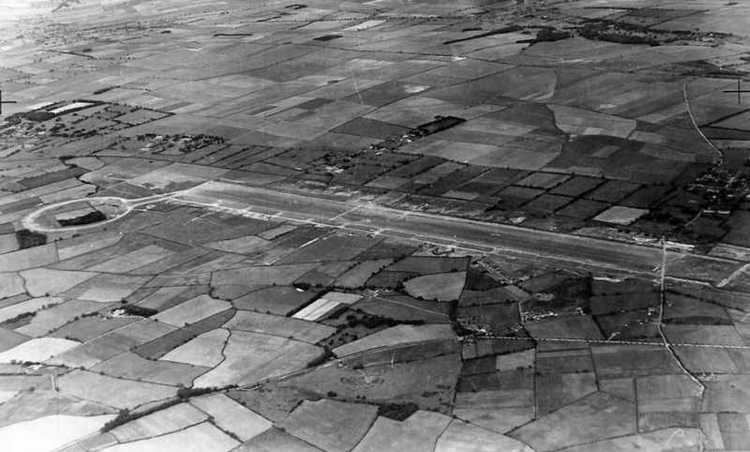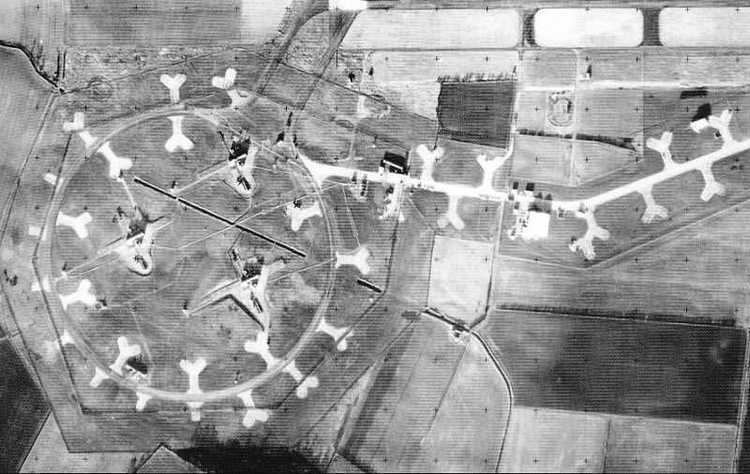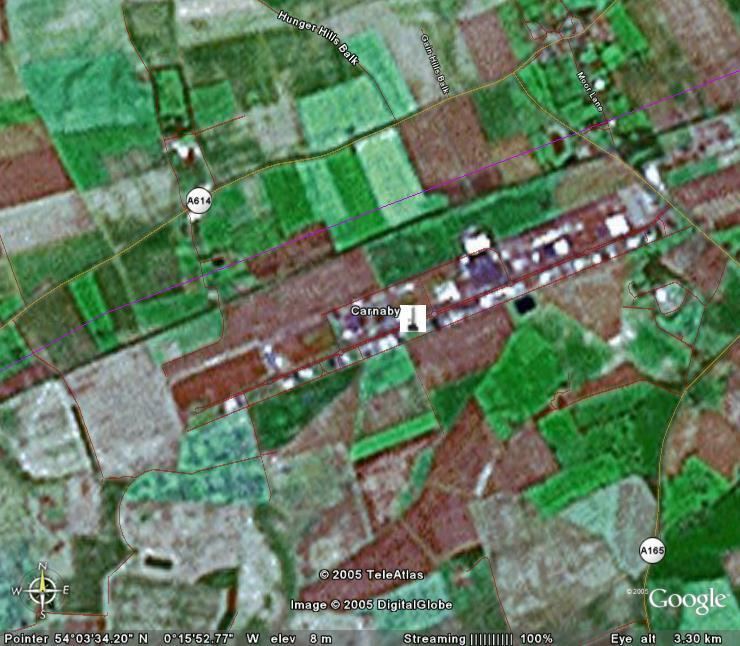Airport type Military Elevation AMSL 10 m / 33 ft Year built 1943 | In use 1944–19451959–1963 09/27 2,700 Owner Air Ministry | |
 | ||
Raf carnaby runway remains
RAF Carnaby was a Royal Air Force emergency landing strip that offered crippled bombers a safe place to land near the English coast during the Second World War. It was situated 2.0 miles (3.2 km) south-west of Bridlington, East Riding of Yorkshire.
Contents
- Raf carnaby runway remains
- History
- Fog Investigation and Dispersal Operation
- Post Second World War
- Post RAF history
- References

History

RAF Carnaby opened in March 1944. Unlike most RAF airfields, there was a single runway, five times the width of a standard runway and 9,000 ft (2,700 m) long, lying approximately east-west to enable bombers crossing the coast an easier landing. Two similar airfields were either constructed or further developed along the east coast of England, at Manston and Woodbridge, all three providing an emergency option for wartime bomber crews. The three airfields were developed to the same pattern, Woodbridge being the first to open in November 1943. The runway at Manston was brought into operation in April 1944.

Along with RAF Manston and RAF Woodbridge, Carnaby was developed as an east coast emergency landing ground for bomber crews. These airfields were intended for use by returning bombers suffering from low-fuel and/or suspected damage to their pneumatic (wheel brake) and/or hydraulic (control surface) systems. All three airfields were equipped with one runway, 9,000 ft (2,700 m) long and 750 ft (230 m) wide. There was a further clear area of 1,500 ft (460 m) at each end of the runway. At each of the three airfields, the runway was divided into three 250 ft (76 m) lanes. The northern and central lanes were allocated by flying control, while the southern lane was the emergency lane on which any aircraft could land without first making contact with the airfield. Over 1,400 bombers made an emergency landing at Carnaby by the end of the war.

Basil Embry in Mission Completed believed that the three emergency runways were constructed as a result of the success of the 3 mi (4.8 km)-long landing strip and flarepath at Wittering in accepting over 70 damaged aircraft from Bomber Command. The runway had been lengthened in 1940 to reduce landing accidents to Beaufighter nightfighters returning at night and in bad weather.
Fog Investigation and Dispersal Operation

Carnaby was one of fifteen airfields operating the fog dispersal system known as Fog Investigation and Dispersal Operation (FIDO). The system consisted of two rows of burning petrol one on each side of the runway, the heat from this fire raised the air temperature above the runways, cutting a hole in the fog and provided crews with a brightly lit strip indicating the position of the runway.
Post Second World War

The station closed in 1946 but was re-activated in 1953 due to the need to train pilots for the Korean War. The airfield was used as a Relief Landing Ground for No 203 Squadron (then based at RAF Driffield) but closure to flying came soon after in 1954.
RAF Carnaby was a Thor missile base from 1959 to 1963 controlled by No. 150 Squadron RAF.
Post-RAF history
RAF Carnaby was for many years used for the storage of new Lada cars and a parts distribution centre. The runway and other paved areas were also used to hold motorcycle racing events throughout the 1970s and 1980s, some of which were televised. Today it has been developed beyond recognition into Carnaby Industrial Estate although with aerial photography you can still make out the outline of the former airfield.
